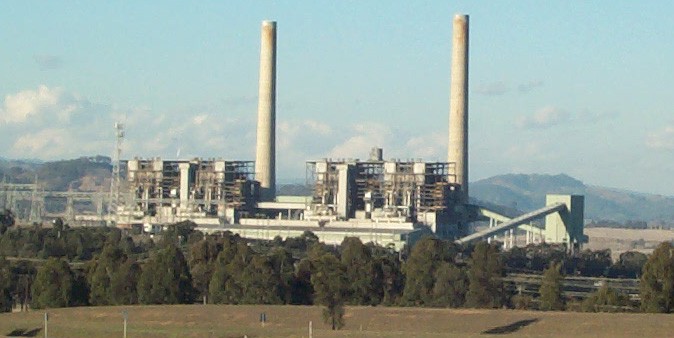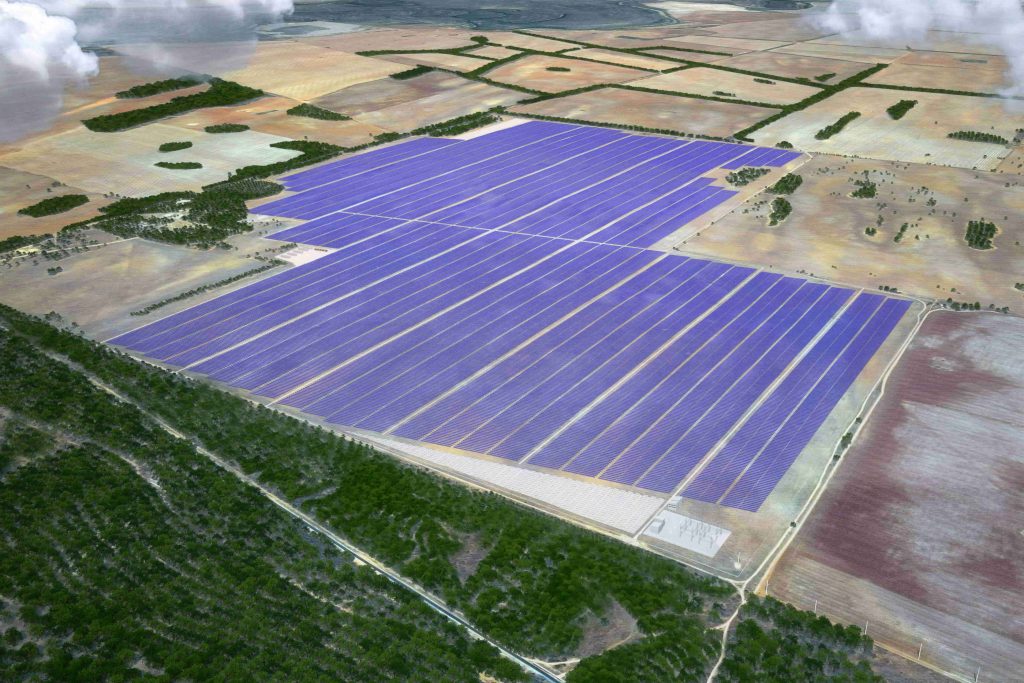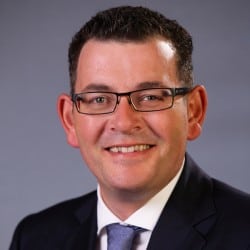AGL Energy will be closing the Liddell coal-fired power station in 2022, resulting in a 1000MW shortfall of energy. AGL has an exciting plan to cover this missing amount by using a mix of solar power, wind power, pumped hydro, battery storage, and gas peaking plants over a three-stage period leading up to 2022.
The Closure of Liddell and its implications
The Turnbull government had asked AGL Energy to consider extending the life of the Liddell power station or selling it to someone else, but it doesn’t seem like that plan is on AGL’s radar. According to the SBS, Energy Minister Josh Frydenberg has asked the AEMO (Australian Energy Market Operator) have a look at AGL’s idea, advising that it is best to “leave the judgement of (the plan’s) merits to the experts”.
AGL’s plan for solar/wind/pumped hydro/storage and gas peaking plants will cost $1.3b and is expected to provide electricity at $83/MWh for up to 30 years, in contrast to the much higher cost for Liddell. By keeping it open for just an extra five years the cost would be $920 million and it would cost $106/MWh, according to figures stated on the SBS.
“Obviously it’s a significant proposal, there is a host of new technologies and new investments as part of it,” Mr Frydenberg was quoted in Melbourne on Sunday.
“You need all forms of energy in Australia’s future energy mix, there’s a role for coal there’s a role for gas, there is increasingly a role for wind and solar and for battery storage,” he added.

This news comes hot on the heels of the closing of the Hazelwood coal-fired power station in Victoria in March this year. Numerous other coal-fired power stations across New South Wales and Victoria are nearing the end of their 50 year lifespans – with two of Victoria’s three coal-fired plants having outages during last February’s hot weather.
Federal opposition energy spokesman Mark Butler was complimentary of the plan – whether





